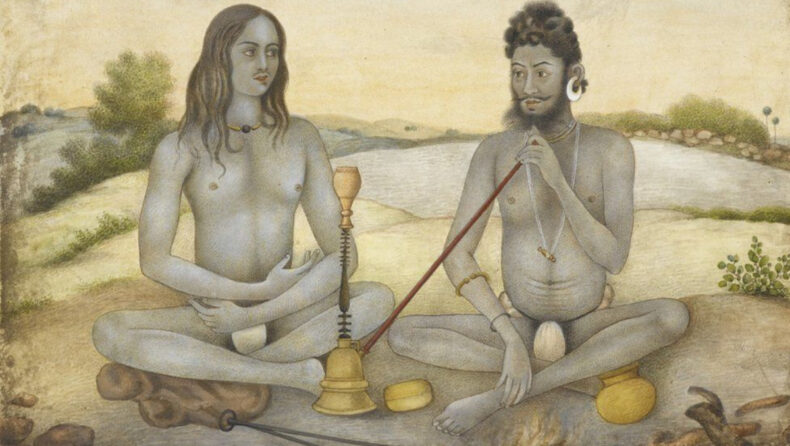Gosain has been portrayed as a menacing general who rides into battle with an armed group of bare-chested, dreadlocked warriors on land and horses.
Anupgiri Gosain was a Naga sadhu, one of India’s most revered holy men, and an ascetic who was devoted to the Hindu god Shiva.
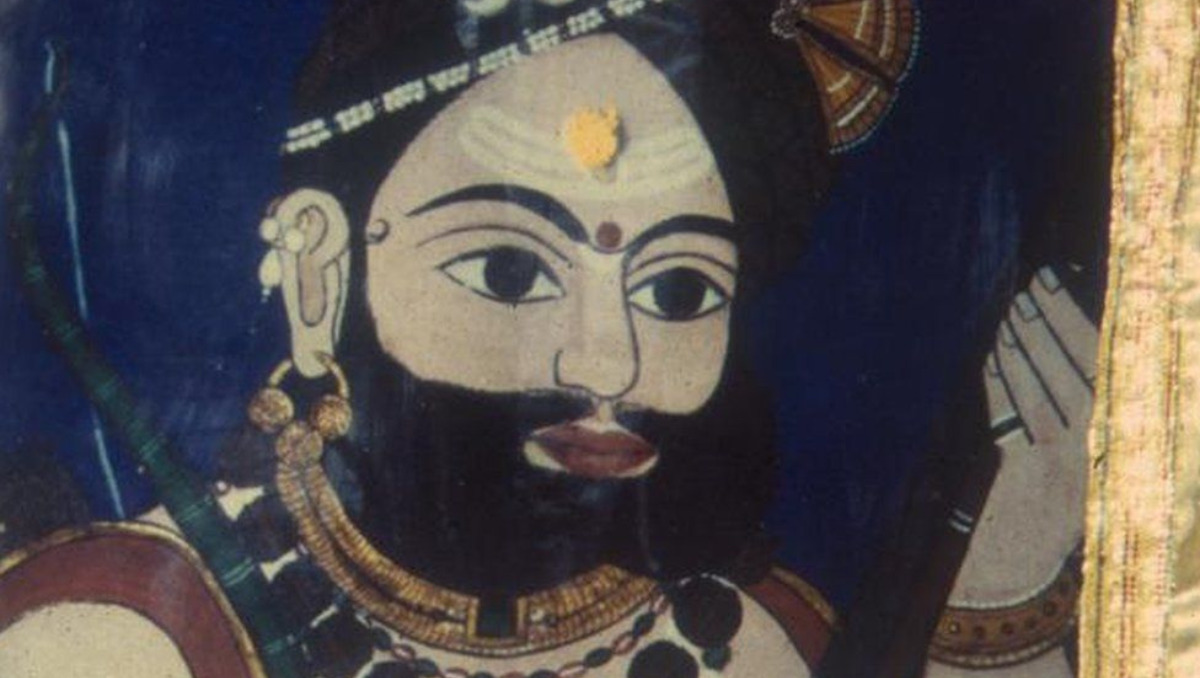
William R. Pinch claims that Anupgiri Gosain was a “warrior ascetic.” He described how the 18th-century Nagas were renowned for their extraordinary devotion and being well-armed. They were recognised as superior cavalry and infantry troops.
Anupgiri Gosain
Gosain was born in 1734 in Bundelkhand, a strategically significant province in northern India, and after the death of his father, his poor widowed mother gave him and his elder brother away to a warlord.
Gosain was regarded as an enigmatic man and maybe the most successful “military entrepreneur” of the late 18th century.
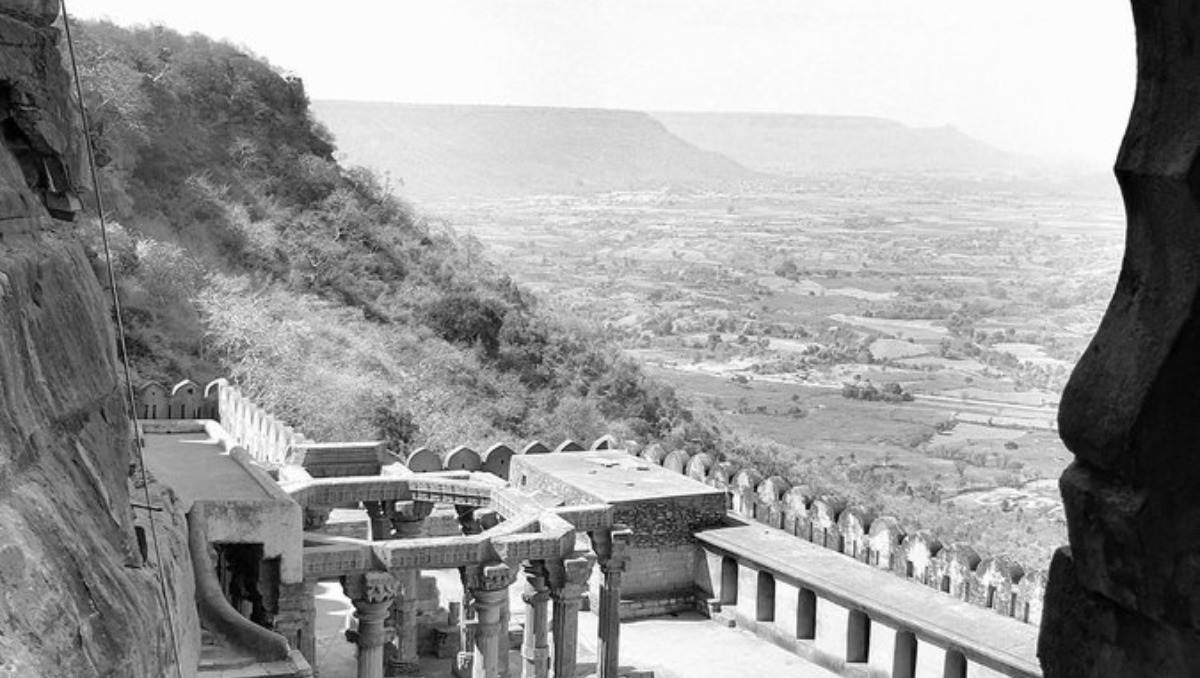
Mr. Pinch claimed that Anupgiri’s genius lay in his ability to use his dependence to gain power. He was able to convince both allies and foes that he had nothing to lose.
Armed ascetics were seen or feared as people who had conquered death itself in a world where they had considerable freedom of action. Their mystery and importance in the society at the time were increased by this perception.
The Nagas
A group of Hindu ascetics known as Naga Sadhus are followers of Lord Shiva. They stand out because they frequently appear naked or in only the barest of garb. They frequently smear ash on their bodies, and their matted hair is regarded as a sign of their sacrifice and separation from material possessions.
The Nagas, according to Mr. Pinch developed into a fully-fledged infantry and cavalry army that could compete with the greatest under Anupgiri’s direction. Anupgiri and his brother Umraogiri led a troop of more than 20,000 soldiers in the late 1700s. The number of austere warriors carrying guns and rockets increased significantly as the 18th century went on.
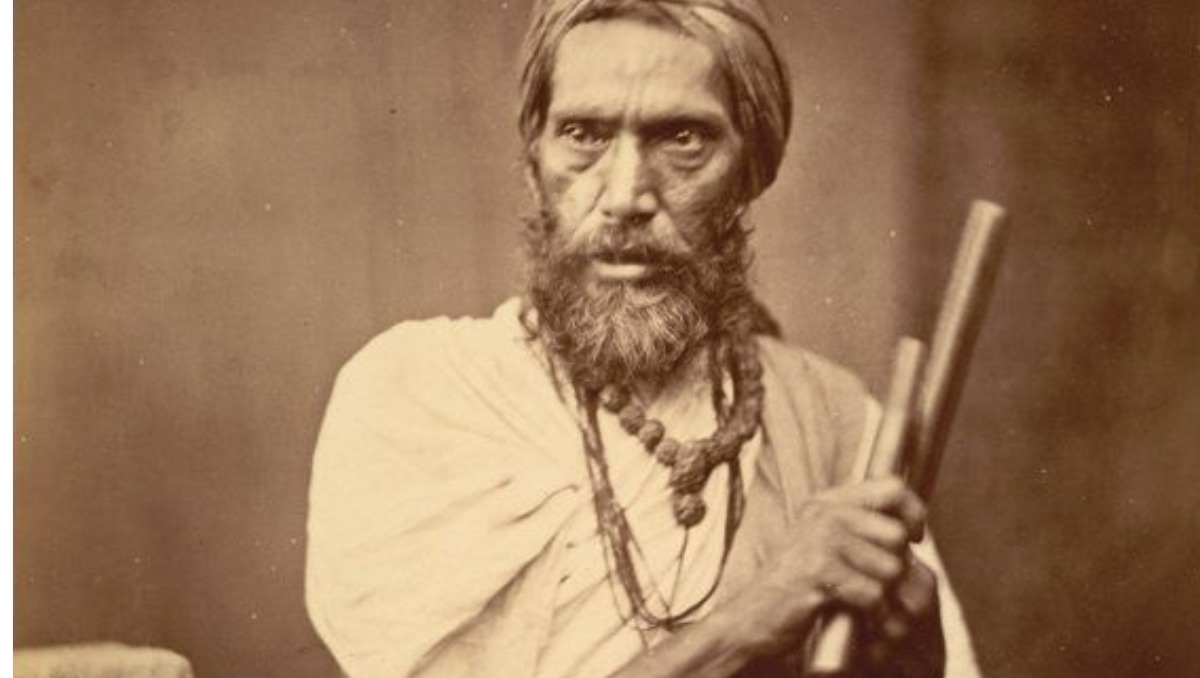
Early in the 19th century, James Skinner, an officer of the East India Company, ordered a painting of a Naga soldier. It shows a man without shoes and wearing nothing but a leather belt that holds his sword and pouches for ammunition, gunpowder, and flint. His head is carefully wrapped in thick, matted hair that resembles a helmet for protection. He holds a long-barrelled musket in his left hand while wearing a characteristic vermillion tilak on his forehead.
East India Company
The “dreadlocked Nagas of Anupgiri Gosain,” who arrived with 6,000 of his naked warriors and 40 cannon, were added to the army of Mirza Najaf Khan, a Mughal commander, according to Mr. Dalrymple’s account in The Anarchy, a history of the East India Company and how it came to wield dominion over India.
Anupgiri engaged in combat from every angle. He fought alongside the Mughal emperor and the Afghans against the Marathas in the Battle of Panipat in 1761. He participated in the Battle of Buxar against the British three years later alongside the Mughal soldiers.
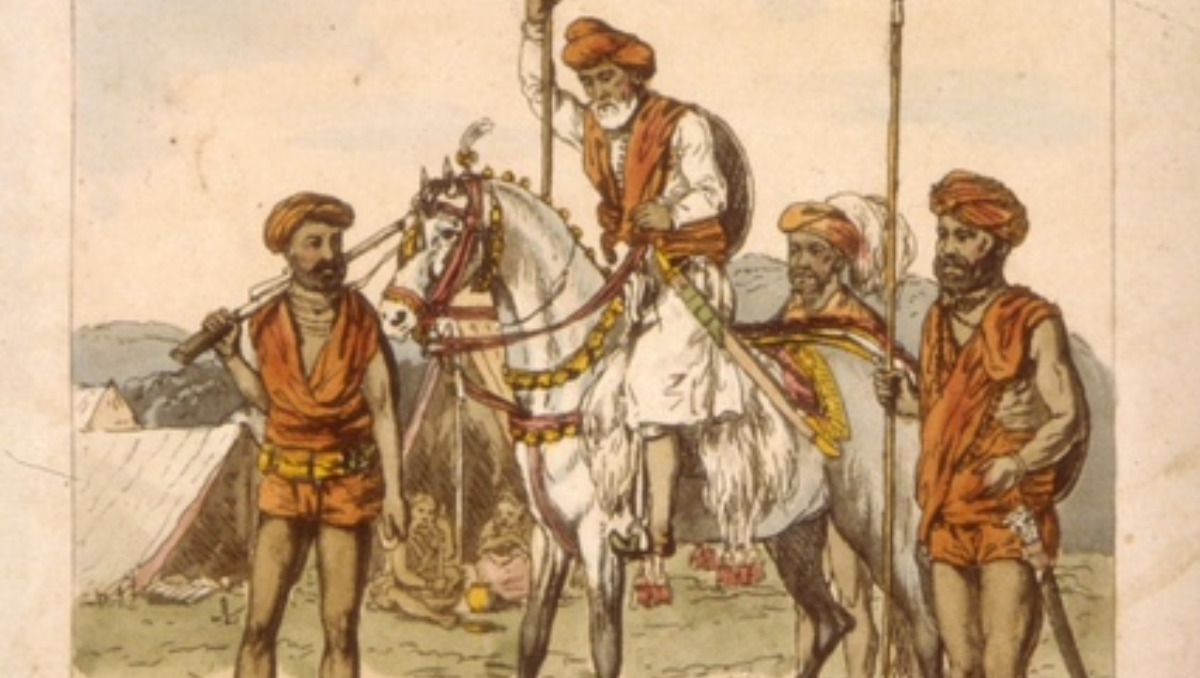
Anupgiri plays a vital role in Mr. Dalrymple’s compelling account of the engagement of Buxar, a crucial engagement that established British rule over Bengal and Bihar. Anupgiri persuades the Mughal emperor Shuja-ud-Daula to leave the battle despite suffering a severe thigh injury. He suggests that they retire in order to secure victory and exact revenge later on since he realizes that this is not the time for a pointless sacrifice.
As they approach a bridge made of boats crossing a river, Anupgiri gives the order to destroy it behind them, effectively ending the pursuit. Anupgiri, the warrior ascetic, survives and goes on to fight in the future thanks to his astute strategic judgment and survival instincts.
He later abandoned the Marathas and allied himself with the British. According to Mr. Pinch, at the end of his life in 1803, he made it possible for the British to defeat the Marathas and aid in the British takeover of Delhi, an action that propelled the East India Company into the position of dominant force in southern Asia and the rest of the world.







